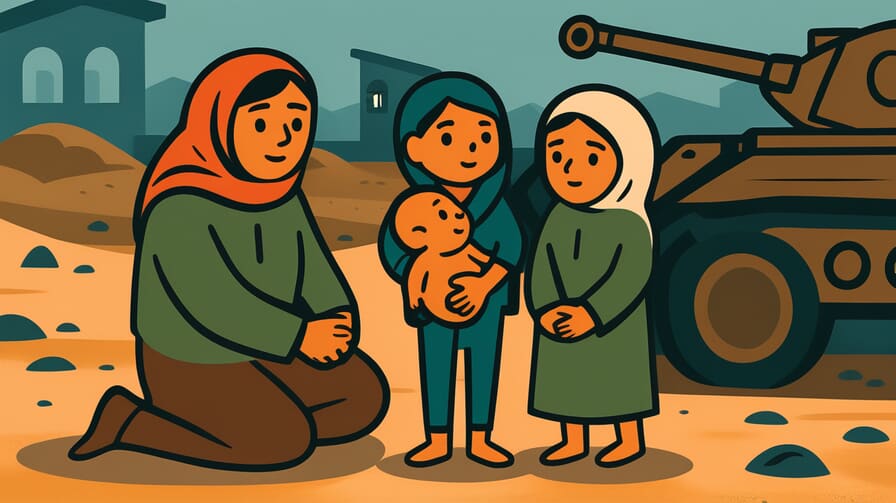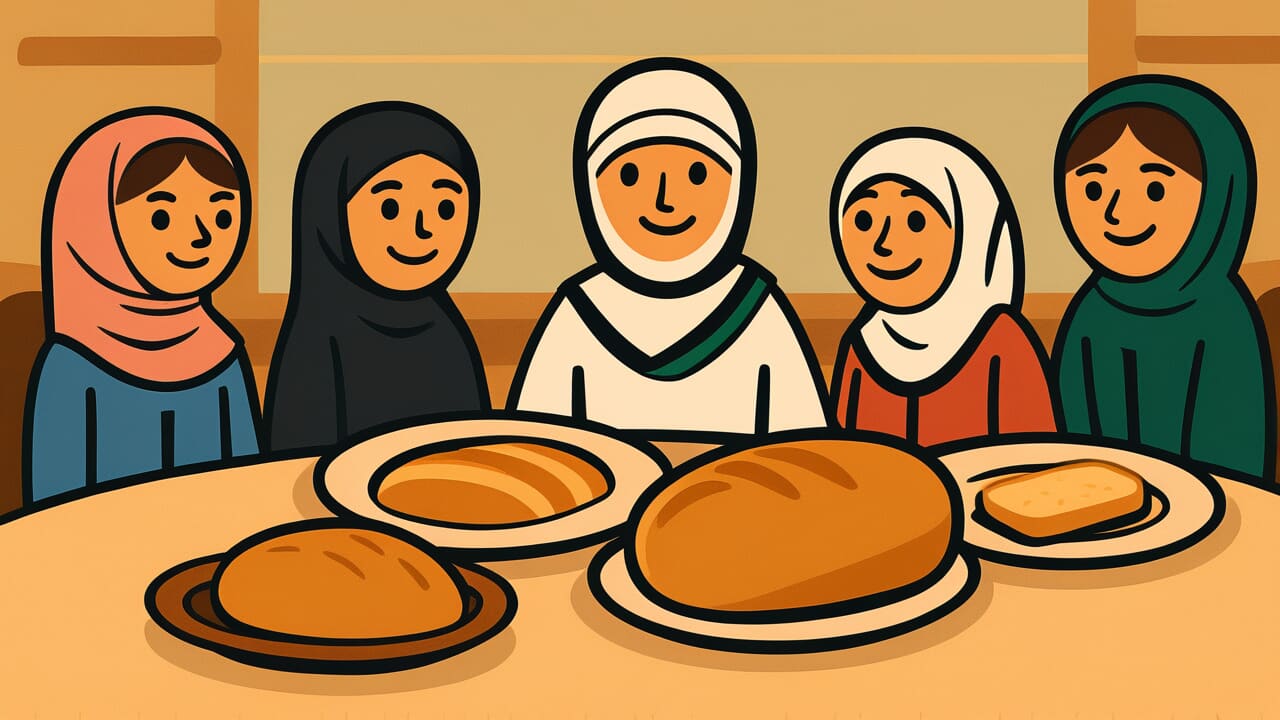[Disclaimer] This article is reconstructed based on information from external sources. Please verify the original source before referring to this content.
News Summary
The following content was published online. A translated summary is presented below. See the source for details.
Commissioner Lahbib’s statement on August 20, 2025, confirms that famine is now a reality in Gaza, not just a risk. As of August 22, 2025, famine has been officially confirmed, with over half a million people facing catastrophic conditions. At least 110 children have died from malnutrition-related complications. The situation is dire, with families going without food for days and over 90% of households lacking secure water access. The agricultural sector is severely impacted, with about 98% of cropland damaged or inaccessible. The European Commission is calling for urgent action to address the crisis, emphasizing the need for immediate, unhindered humanitarian access and a ceasefire to enable aid delivery. The situation is expected to worsen in the coming weeks, affecting up to 641,000 people facing catastrophic conditions and over 1.14 million in emergency food insecurity.
Source: European Commission Press Corner
Our Commentary
Background and Context

The Gaza famine crisis has escalated rapidly, transforming from a looming threat to a devastating reality. This humanitarian disaster is rooted in the ongoing conflict and blockades that have systematically dismantled Gaza’s infrastructure and ability to sustain its population. The situation represents a man-made disaster, as described by UN agencies, resulting from the collapse of essential survival systems.
Expert Analysis
The confirmation of famine conditions in Gaza marks a critical point in the ongoing crisis. The Integrated Food Security Phase Classification (IPC) analysis indicates a rapid deterioration of food security, with famine expected to spread further in the coming weeks. The situation is exacerbated by the destruction of water infrastructure and agricultural land, creating a perfect storm of hunger, dehydration, and disease.
Key points:
- Famine conditions are officially confirmed and spreading rapidly
- Child malnutrition rates are skyrocketing, with severe acute malnutrition becoming prevalent
- Water insecurity affects over 90% of households, leading to reliance on unsafe water sources
Additional Data and Fact Reinforcement
The severity of the crisis is underscored by alarming statistics:
- Up to 641,000 people are facing catastrophic food insecurity conditions
- Over 1.14 million people are in emergency food insecurity situations
- 98% of cropland is damaged or inaccessible, severely impacting local food production
Related News
This crisis is unfolding against the backdrop of ongoing regional conflicts and international diplomatic efforts. The European Commission’s call for action aligns with broader UN initiatives to secure a ceasefire and establish humanitarian corridors. However, the effectiveness of these calls remains to be seen as the situation continues to deteriorate.
Summary

The Gaza famine crisis represents a catastrophic failure of international humanitarian response. Without immediate, unhindered access for aid and a cessation of hostilities, the death toll, particularly among children, is likely to rise dramatically. The situation demands urgent, coordinated international action to prevent further loss of life and address the root causes of this man-made disaster.


